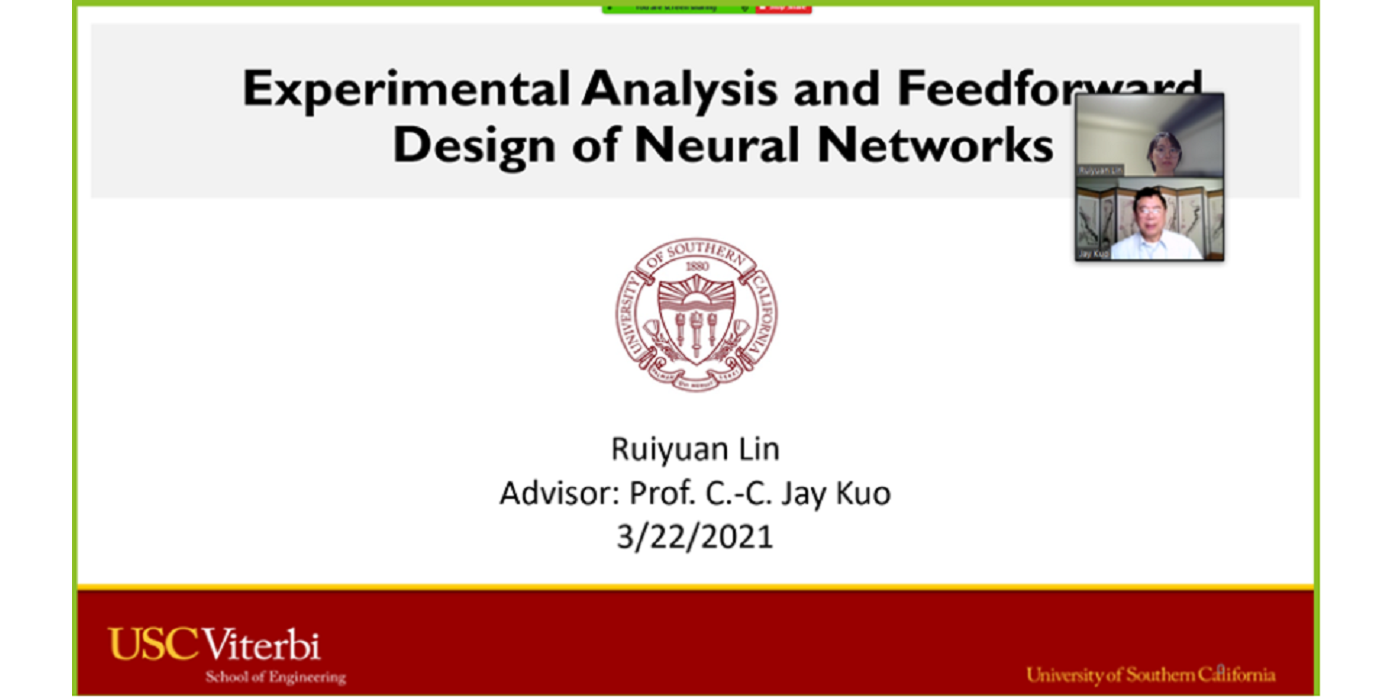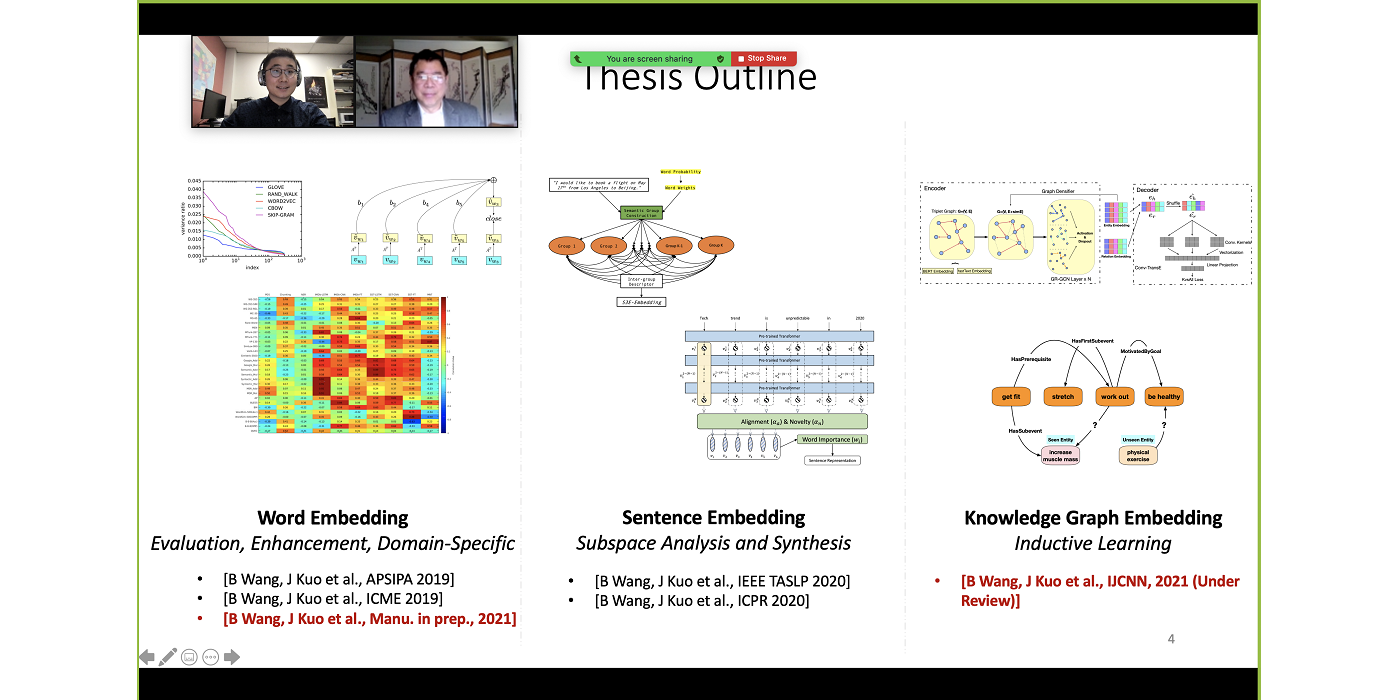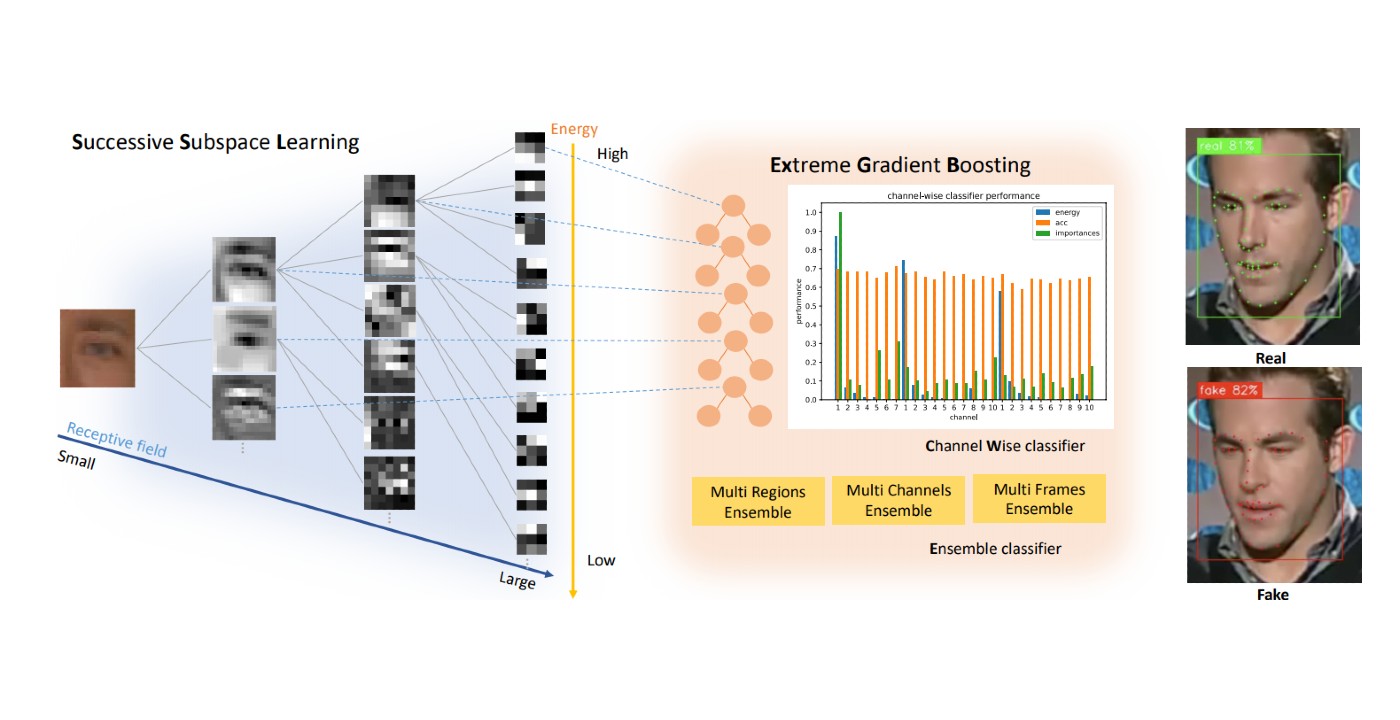MCL Research on Image Artifact Detection and Localization
Image anomaly detection and localization is a fundamental problem in pattern recognition and computer vision, with numerous applications in many areas, such as industrial manufacturing inspection, medical image diagnosis and even video surveillance analysis. The goal of image anomaly detection is to determine whether an input image contains an anomaly, and image anomaly localization is to locate the anomaly on the pixel level. Like most other anomaly detection problem, we formulate image anomaly detection as an unsupervised task, which means only normal images are available during model training. This is because anomalous examples are either too expensive or too few to model their distributions during the training, which also makes it an extremely challenging yet attracting problem.
To tackle this problem, we propose two method with both deep learning and successive subspace learning techniques.
We propose a new deep learning framework for unsupervised image anomaly detection and localization. Our model first utilizes an encoder to generate low-dimensional embeddings for local image patches, which are further fed into a density estimation network inspired by Gaussian Mixture Model. Given the low-dimensional patch embedding as input, density estimation network model the distribution of embedding like GMM clustering, and predict its cluster membership as output. Then, total probability of the give local patch could be computed and further used as a loss term to guide the learning process. Extensive experimental results show that the proposed method achieves very competitive performance compared with the state-of-the-art methods.
We are exploring to use successive subspace learning (SSL) to achieve a more efficient and interpretable method for image anomaly detection and localization. It first employees PixelHop++[1] as feature extractor, in which each hop could encode feature with different receptive field. Then, we [...]




















